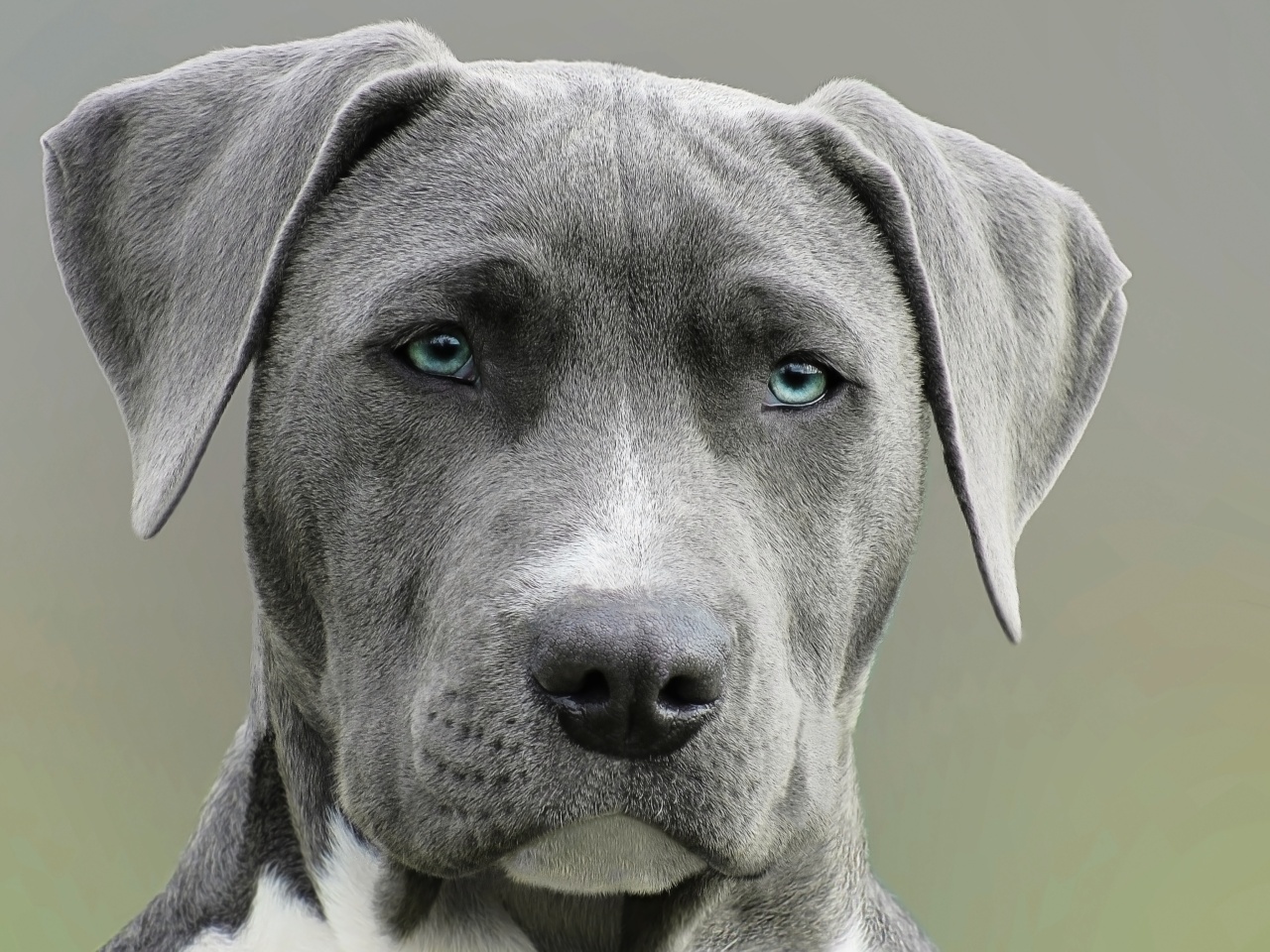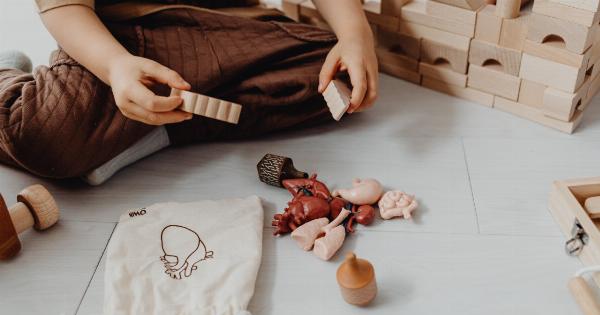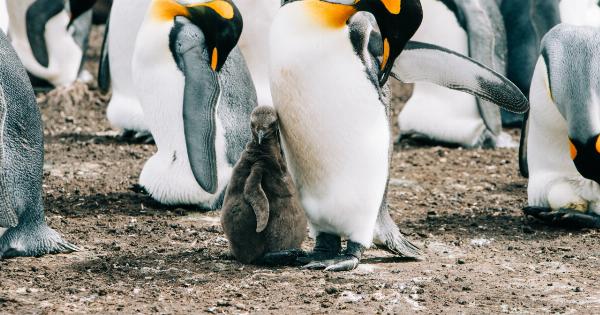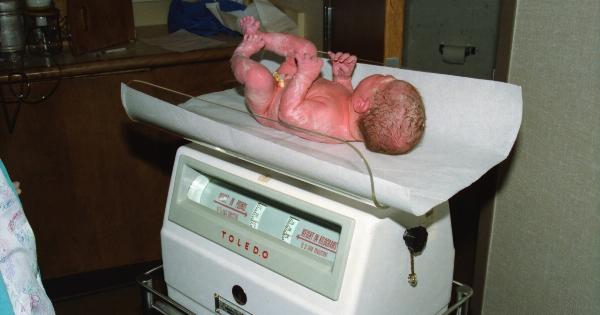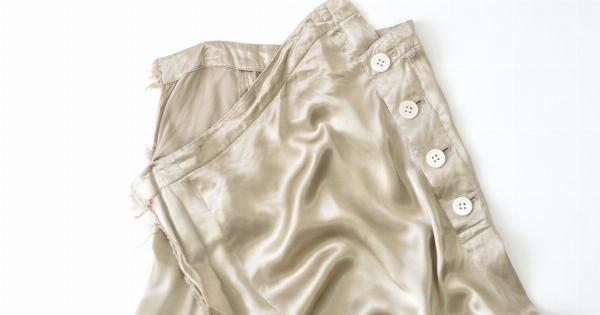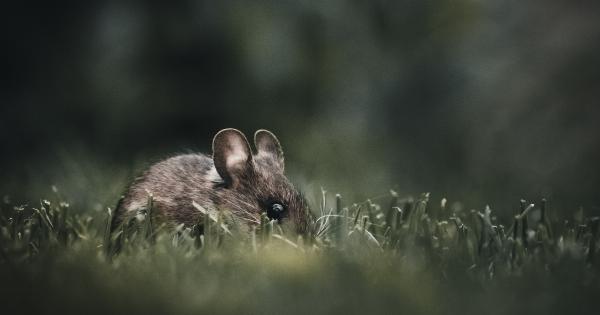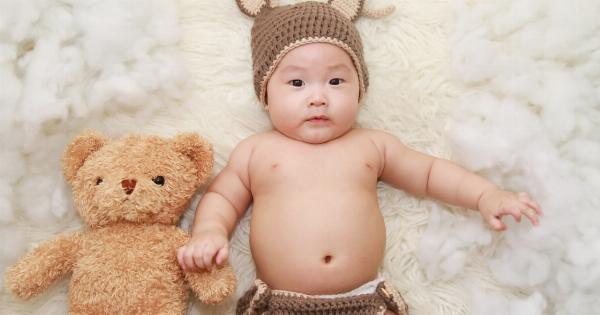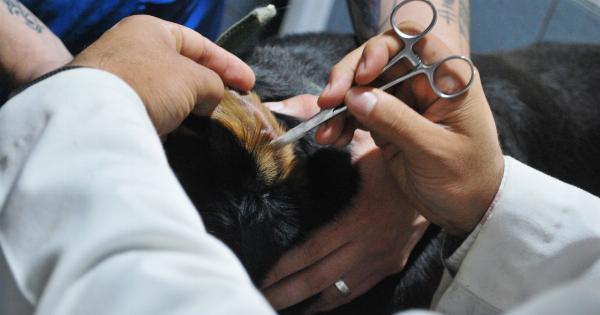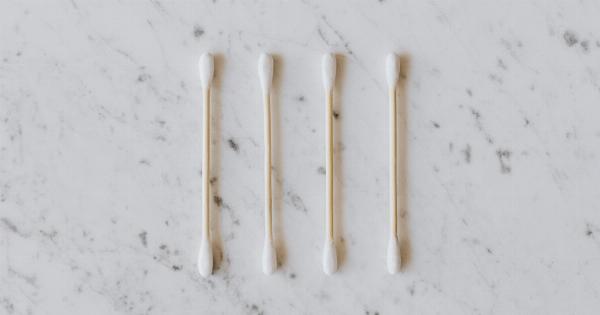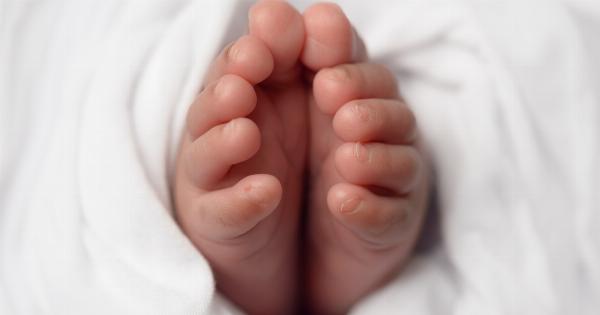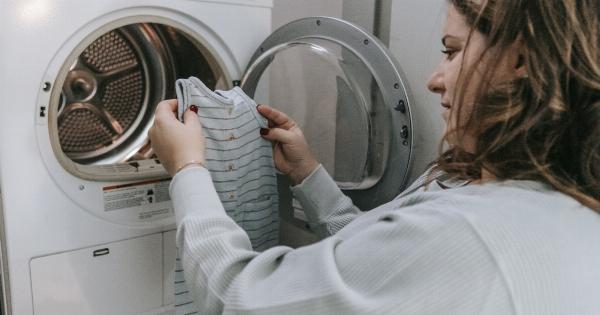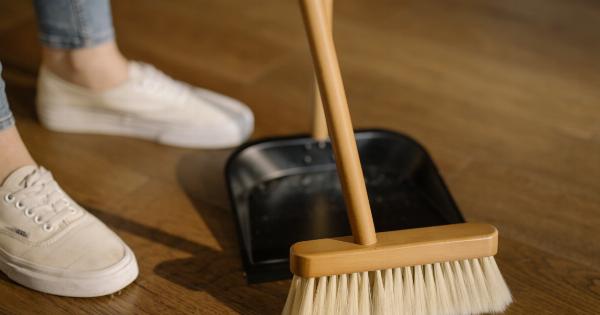Caring for a newborn can be one of the most fulfilling yet challenging experiences any parent can have.
While there are numerous directions to take from feeding to sleeping, bathing to cleaning, one crucial aspect that parents should consider is how to maintain proper hygiene for their baby’s ears, eyes, and nose.
While these areas of interest do have their specific care needs, they each contribute to the baby’s overall welfare, and as such, they need careful and regular attention from parents.
Thus, in this article, we’ll explore efficient and safe methods of cleaning and maintaining your baby’s ears, eyes, and nose.
Cleaning Your Baby’s Ears
A baby’s ear is a delicate part that needs careful attention during cleaning. The earwax it produces is a natural way to protect against infection, but when excess, it can cause irritation, inflammation, and discomfort to the baby.
Here’s how to clean your baby’s ears:.
What You Need:
- A pair of clean washcloths or cotton balls
- A bowl of warm water
- Baby-safe ear cleaning solution
Steps to Follow:
- Start by washing your hands with soap and warm water before cleaning your baby’s ears.
- Dip a clean washcloth or cotton ball in a bowl of warm water and wring out any excess water.
- Add a few drops of the baby-safe cleaning solution to the damp washcloth or cotton ball.
- Gently pull the baby’s earlobe down to straighten the ear canal and clean the outer part of the ear with the moistened washcloth or cotton ball. Do not insert anything into the baby’s ear canal as it can harm the baby’s eardrum. Instead, wipe away any discharge or debris around the external ear.
- Repeat the process on the other ear using a clean washcloth or cotton ball.
Cleaning Your Baby’s Eyes
Your baby’s eyes can sometimes make them look unattractive and uncomfortable due to accumulated mucus and other irritants. To maintain healthy and comfortable eye hygiene for your baby, using a warm, moist washcloth is the best option.
What You Need:
- A piece of clean washcloth
- Lukewarm water
Steps to Follow:
- Start by cleaning your hands with soap and warm water before cleaning your baby’s eyes.
- With a warm, moist washcloth, gently wipe your baby’s eyes from the inside corner to the outside corner. Use a different area of the washcloth for each eye to prevent the spread of infection from one eye to the other.
- If your baby has a lot of mucus deposit in their eyes, you can use saline eye drops made for babies, which can help alleviate the buildup.
- If your baby’s eye allergies cause irritations, consult your doctor for appropriate treatment.
Cleaning Your Baby’s Nose
Your baby’s nose is another part that gets congested with mucus, especially during cold, flu, or allergy seasons. To ease the congestion, it’s crucial to clean your baby’s nose regularly.
What You Need:
- Baby-saline nasal drops
- A bulb syringe
- A soft washcloth
Steps to Follow:
- Wash your hands with soap and warm water before cleaning your baby’s nose.
- Administer a few drops of saline into your baby’s nostril to moisten their nostril.
- Gently insert the tip of the bulb syringe into your baby’s nostril and slowly release the air. The bulb should start to fill with mucus. Remove the mucus from the bulb with a soft washcloth.
- Repeat the process on the other nostril.
In Conclusion
Regular cleaning of your baby’s ears, eyes, and nose is essential to maintaining optimal hygiene and overall wellbeing.
By following these proper cleaning techniques, you can avoid ear, eye, and nasal infections, irritations, and discomfort for your little ones.
